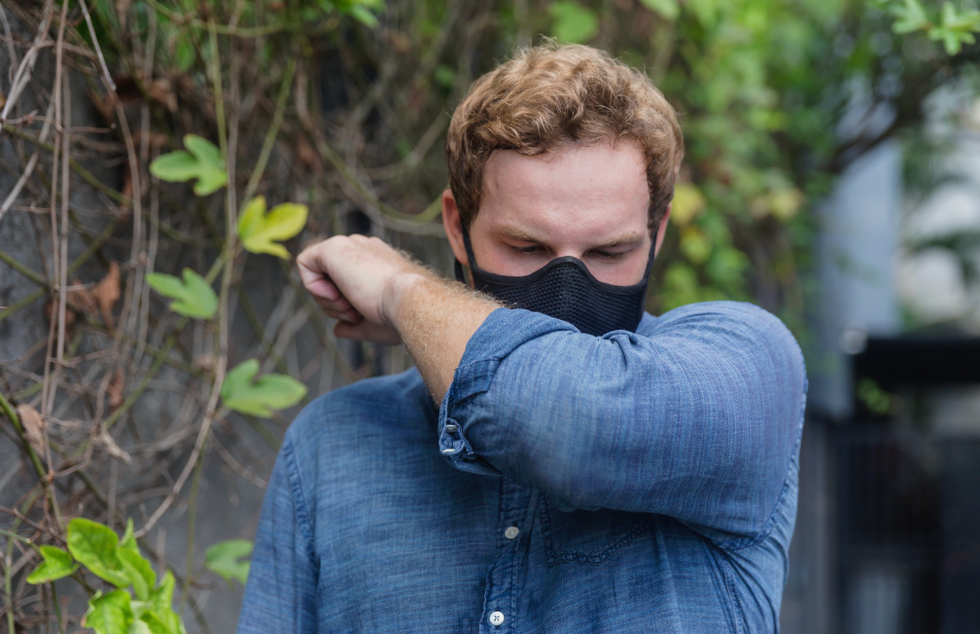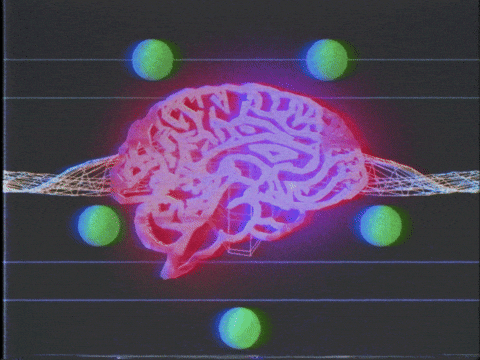THE GOOD NEWS:
Deaths from breast cancer have dropped by 40% since 1989 in the U.S. thanks to improved access to screenings and health care.
An ounce of prevention is worth a pound of cure. It’s an overused aphorism mostly because it’s true. And it’s especially applicable when we’re talking about breast cancer. Breast cancer survival rates have seen a sharp increase in the United States, and that’s at least partially thanks to prevention. The drop in breast cancer deaths suggests that offering more mammogram screenings has played a huge role, while improving cancer treatments has, of course, also been crucially important.
Let’s get into the numbers. Just how much have breast cancer deaths declined? According to the American Cancer Society, from 1989 to 2015, breast cancer deaths have dropped almost 40%. That essentially means the lives of 322,600 breast cancer patients have been saved because of prevention and medical advancement. Access to screenings and treatment has also allowed for a downward trend in breast cancer fatalities.
However, the treatment and prevention methods that have so drastically reduced the number of breast cancer deaths in the U.S. are not available to the whole country. And that’s fairly obvious when you take a closer look at the numbers. While in some states, patients of all backgrounds are getting the same treatment, in other areas, there’s a divide when it comes to who has access.
Breast cancer deaths among black women were 39% higher than among white women in 2015. In states like Massachusetts, the death rate was fairly equal regardless of race, suggesting that high-quality treatment and screenings were made more available. But in Louisiana, the death rate among black women diagnosed with breast cancer was 66%. And often black women specifically are diagnosed at later stages of their cancer, making it harder to provide effective treatment. That’s why regular screenings need to be made available to more at-risk patients.
All told, we’re making progress. Saving 322,600 lives is still something to celebrate. Now we just need to move forward and give every patient access to the prevention and treatment they need.
















 You cannot be too careful when trying to prevent the spread of the flu.Photo credit: Canva
You cannot be too careful when trying to prevent the spread of the flu.Photo credit: Canva
 Big Brain GIF by Jay Sprogell
Big Brain GIF by Jay Sprogell
 Shake It Off Wet Dog GIF by BuzzFeed
Shake It Off Wet Dog GIF by BuzzFeed
 Working out with friends also makes exercise more enjoyable (and feel quicker).Photo credit: Canva
Working out with friends also makes exercise more enjoyable (and feel quicker).Photo credit: Canva
 People with Imposter Syndrome can't accept their achievements.
Photo by
People with Imposter Syndrome can't accept their achievements.
Photo by  Emotion Feeling GIF by Quilt
Emotion Feeling GIF by Quilt Psychologist - Free of Charge Creative Commons Notepad 1 image
Psychologist - Free of Charge Creative Commons Notepad 1 image
 Human anatomy model.
Photo by
Human anatomy model.
Photo by 
 Socks warm your feet, but cool your core body temperature.Photo credit: Canva
Socks warm your feet, but cool your core body temperature.Photo credit: Canva